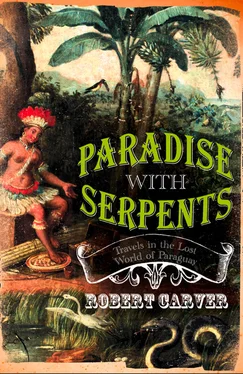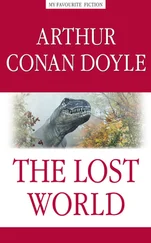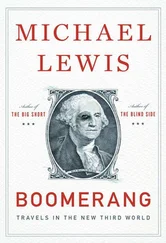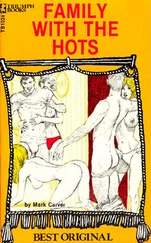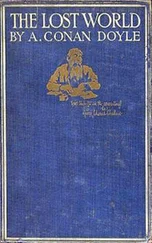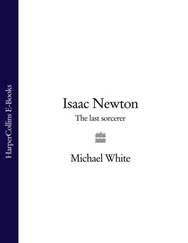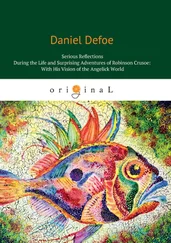el hombre sin nom – the man with no name. One day, inspecting a shaft deep inside the mine, a distant rumble was heard; it could mean only one thing – a fall. The miners, including Charlie Carver, alias ‘Jack’, all rushed for the distant pinpoint of light that was the entrance. They were too late. Dust, rock, pit props rained down upon them. Amid curses and cries of terror they fell to the ground, crushed under the weight of debris. More than twenty men died in that fall, but Charlie Carver was not one of them. He had a broken wrist and a dislocated shoulder, was bruised and cut about the head, but when the rescue party finally managed to dig the survivors out of the rubble, a shocked, semi-delirious voice cried out, in English, for he could no longer recall any Spanish, ‘I’m Charlie Carver from Nottingham – what am I doing here?’ The blows to his head caused by the rockfall had brought back his knowledge of who he was – and erased his memories of the previous thirty years. He had no idea at all what he had done or where he had been in the missing decades. His last memory was of a fight in a low saloon on the Barbary Coast of San Francisco. This time, however, there were clues – his bankbook, his mate’s ticket and discharge papers, his clothes with their tell-tale maker’s labels from San Francisco and Sydney. And there were people at the mine who had known where he had been, where he had worked before, because he had told them before the accident.
After he recovered his health he became a detective on the trail of his own past. He retraced his steps, back to San Francisco. There, in the shipping offices and newspaper stacks where the back-numbers were kept, he was able to trace his life as an anonymous seaman from the arrivals and departures of the grain ships, the muster lists and crew signings-on; on his mate’s ticket he was described simply as ‘Jack of England, Full Mate and Master-Mariner’. He had made his mark on the ticket, not signed it, indicating that in that other life he could not write. Somewhere in his travels he had learnt to use a knife and revolver. He found a keenly whetted blade in a leather sheath hidden in his left boot, and a pair of old, battered, but very serviceable Navy Colt .45 revolvers wrapped in oilskins. On his own body he found scars which he had a doctor examine: they were from the cat-o’-nine-tails, from fist fights, from knife wounds, and at least two puckered scars were old bullet wounds. On his back the doctor also discovered a tattoo of a Polynesian type then only found in Tahiti, made with native ink. It was in the newspaper offices in San Francisco that he saw the advertisements placed for him all those years ago, after his father died. He said afterwards, when he returned to England, that this was the only moment he lost himself, when, alone and surrounded by mounds of yellowing newsprint, he broke down and wept uncontrollably. He said he could still remember the bay rum lotion his father had used after shaving, the memory of it driving him to despair in his loss and pain.
He was now two men. In his mind he was still the young, foolhardy, naive Englishman Charlie Carver, who had only just got off the boat in San Francisco to seek his fortune, but in his body he was the scarred, muscular, hard-bitten middle-aged man who had lived rough across the Pacific for decades, an experienced seaman who had lived under the lash, and a silver mining engineer to boot. The latter persona had been illiterate, nameless and left-handed; the former discovered he had genteel manners, was well-spoken and wrote in a fine, educated hand. He even recalled French poetry and Latin oratory he had learnt at school. He had saved some money – not a fortune, but enough to return to England. He had spoken fluent, colloquial Spanish after his years in Mexico, Texas and California, but the blows to his head in the mine accident had erased all that – and he had become right-handed once again. But he still spoke English with an American accent – and he could still use his weapons. My grandfather Roy was one of several family members who were shown his prowess as he blew a line of empty bottles off the top of a wall, using both his revolvers. He had not missed a single bottle, my grandfather recalled – twelve bullets had hit twelve bottles.
The return of Charlie Carver caused a sensation. His family recognized him immediately: he had changed, of course, but was still in essence the same man in voice and body. When the two brothers saw each other for the first time in three decades they both spontaneously burst into tears. Charlie was now more or less broke. His half of the great fortune had long ago been disbursed to charity, but his brother Bertie then made an outstandingly generous move. He split his own half of the inheritance in half, and gave one half to his brother.
There, by rights, the story should have ended. Now a wealthy man, with enough money to last him the rest of his days, Charlie Carver should have settled down to comfortable provincial obscurity. But he didn’t. He was still gripped by the fever of the silver mines. He had become convinced, like many others, that there was still a hidden Inca city lost in the jungles on the borders of Bolivia, Paraguay and Brazil, a city founded on the wealth of one of the richest silver mines in the Americas. In the 1780s the revolt of Tupac Amaru, a direct descendant of the last Inca rulers, caught the Spanish authorities by surprise. The whole eastern province of what is now Bolivia, then part of the viceroyalty of Peru, was closed to the Spanish for several years. Systematically, the rebels destroyed the extensive gold and silver mines of the region, the survivors retreating eventually into impenetrable jungle to escape the revengeful Spanish. There they founded an Inca city-state which had as its currency and metal of utility the great hoard of gold and silver that the rebels had seized. Iron and copper had they none, so their plates, their knives and forks, their tools and implements were all made of either silver or gold; they also blended these two elements, making that precious metal known to the ancients as electrum. The Spanish never found the lost mines. Those who had known of their existence had been murdered in the rebellion, and the rebels had hidden and destroyed the entrances to these once profitable enterprises. Unlike El Dorado, these mines were not a myth – they had been producing gold and silver under Spanish tutelage before Tupac Amaru’s rebellion. Using old maps, a North American had found one of these hidden mines in the late 19th century, which when opened up began to produce huge quantities of rich gold ore. So, if the quest was a fantasy, it was a least a fantasy with a strong basis in factual history.
Charlie Carver had acquired a map. He would not show it to anyone, would not tell anyone where he had got it, nor would he even say in which London bank vault he had deposited it. He made his plans calmly and carefully. Now, thanks to his brother’s generosity, he had the money to equip a serious expedition. He interviewed a number of candidates for his proposed venture into the jungle to search for Tupac Amaru’s lost city, sometimes called Paititi. One of the young hopefuls was a certain Fawcett, later to be known as Colonel Fawcett, who was to lose his life in the South American jungles looking for just such a lost city of gold. The two did not hit it off. Charlie Carver found Fawcett excessively romantic – a dreamer caught up in a web of fantasy involving a lost Atlantis in the depths of the South American rainforest. Also, and perhaps as pertinently, Fawcett had no money to contribute to the expedition. Eventually a suitable, tough, hard-bitten American was found, equipped with dollars instead of romance, and the two of them set off for Buenos Aires by ship, then up the Paraguay and Parana rivers on the Mihailovich steamer to Asunción, Concepción and eventually up into the tropical wilderness, still unmapped, right on the borders of Bolivia and Brazil.
Читать дальше
